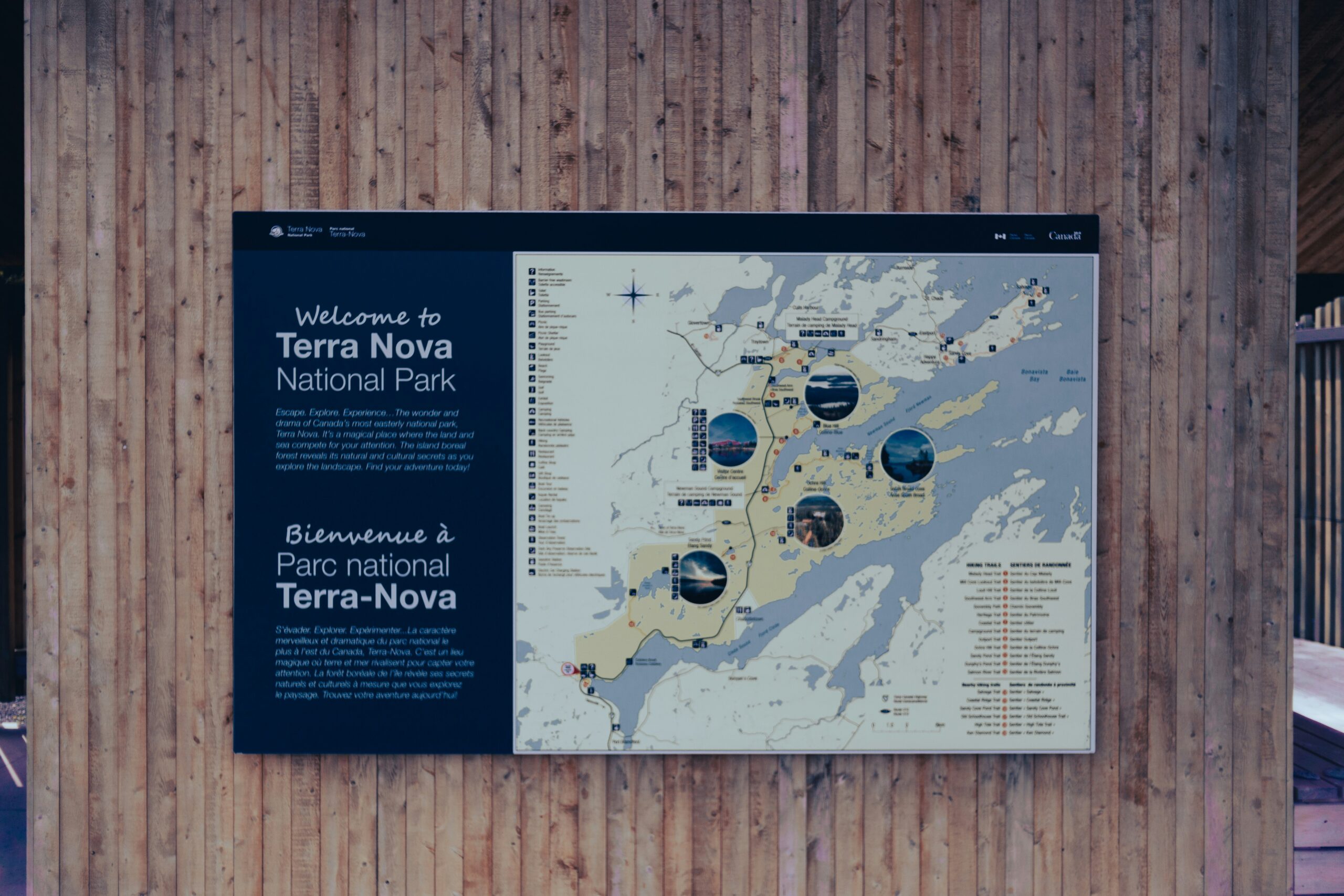In today’s fast-paced digital landscape, understanding the customer journey has become paramount for businesses aiming to thrive. Customer journey mapping is a strategic approach that visualizes the steps a customer takes from the moment they first engage with a brand to the point of purchase and beyond. This process not only helps businesses identify pain points and opportunities for improvement but also fosters a deeper connection with customers by aligning services and products with their needs.
As organizations strive to enhance customer experiences, the importance of a well-structured customer journey map cannot be overstated. At SMS-iT, we recognize that the customer journey is not just a linear path but a complex web of interactions influenced by various factors. Our No-Stack Agentic AI Platform integrates CRM, ERP, and over 60 microservices, enabling businesses to create dynamic customer journey maps that adapt in real-time.
By leveraging our advanced tools, organizations can gain insights into customer behavior, preferences, and expectations, ultimately leading to more personalized and effective engagement strategies.
Key Takeaways
- Customer journey mapping is a valuable tool for understanding and improving the customer experience.
- The first 7 days of the customer journey are crucial for building a strong relationship with the customer.
- Mapping the first 7 days customer journey helps identify pain points and opportunities for improvement.
- Using templates for customer journey mapping saves time and ensures a comprehensive analysis.
- Key elements of the first 7 days customer journey map include touchpoints, emotions, and customer actions.
Understanding the First 7 Days Customer Journey
The first seven days of a customer’s journey are critical in establishing a lasting relationship. This initial period is often characterized by excitement and curiosity as customers explore a new product or service. During these formative days, businesses have a unique opportunity to make a strong impression and set the tone for future interactions.
Understanding this phase involves recognizing the various touchpoints that customers encounter, from initial awareness to onboarding and early usage. In this context, SMS-iT’s capabilities shine through. Our platform empowers businesses to track and analyze customer interactions across multiple channels—be it SMS, email, or social media—ensuring that no touchpoint goes unnoticed.
By utilizing our built-in communications tools, organizations can engage customers effectively during these crucial first days, providing timely information and support that enhances their experience.
Importance of Mapping the First 7 Days Customer Journey
Mapping the first seven days of the customer journey is essential for several reasons. Firstly, it allows businesses to identify potential bottlenecks or friction points that may hinder customer satisfaction. By visualizing each step of the journey, organizations can pinpoint where customers may feel confused or frustrated, enabling them to implement targeted solutions that enhance the overall experience.
Moreover, understanding this initial phase helps businesses tailor their marketing strategies to better resonate with new customers. With SMS-iT’s Agentic AI Agents, companies can analyze data from previous customer interactions to predict behaviors and preferences, allowing for more personalized communication. This proactive approach not only increases customer retention rates but also fosters brand loyalty as customers feel valued and understood.
Benefits of Using Templates for Customer Journey Mapping
Utilizing templates for customer journey mapping offers numerous advantages that streamline the process and enhance clarity. Templates provide a structured framework that guides businesses in capturing essential elements of the customer experience without overlooking critical details. This organized approach ensures that all relevant touchpoints are considered, leading to a comprehensive understanding of the customer journey.
Additionally, templates can save time and resources by eliminating the need to start from scratch. With SMS-iT’s innovative platform, businesses can access pre-designed templates tailored for various industries and customer segments. These templates not only simplify the mapping process but also incorporate best practices derived from successful case studies, ensuring that organizations can leverage proven strategies to optimize their customer journeys.
Key Elements of the First 7 Days Customer Journey Map
A well-constructed first seven days customer journey map should encompass several key elements that provide insights into customer behavior and expectations. These elements include touchpoints, emotions, pain points, and opportunities for engagement. Touchpoints refer to any interaction a customer has with a brand, whether through social media, email communication, or direct contact with customer service.
Emotions play a crucial role in shaping the customer experience during this initial phase. By mapping out customers’ feelings at each touchpoint, businesses can better understand how to address concerns and enhance satisfaction. Additionally, identifying pain points allows organizations to proactively resolve issues before they escalate, while recognizing opportunities for engagement enables them to create meaningful connections with customers right from the start.
Template 1: Traditional Linear Customer Journey Map

The traditional linear customer journey map is one of the most widely used templates in mapping customer experiences. This straightforward approach outlines each stage of the journey in a sequential manner, making it easy for businesses to visualize the progression from awareness to purchase and beyond. By breaking down the journey into distinct phases, organizations can identify key touchpoints and assess their effectiveness in guiding customers toward conversion.
While this template is effective for illustrating a clear path, it may not capture the complexities of modern customer interactions fully.
However, SMS-iT’s platform enhances this traditional model by integrating real-time data analytics and feedback mechanisms. This means that businesses can continuously refine their linear maps based on actual customer behavior, ensuring that they remain relevant and effective in driving engagement.
Template 2: Circular Customer Journey Map
The circular customer journey map offers a more dynamic perspective on the customer experience by illustrating how interactions can loop back on themselves. Unlike traditional linear maps, this template acknowledges that customers may revisit certain stages of their journey multiple times before making a purchase decision. This cyclical approach reflects the reality of modern consumer behavior, where research and consideration often lead to repeated interactions with brands.
By utilizing SMS-iT’s advanced analytics capabilities, businesses can gain insights into these circular patterns and adjust their strategies accordingly. For instance, if data shows that customers frequently return to the consideration stage after initial engagement, organizations can implement targeted follow-up communications to nurture these leads effectively. This adaptability is crucial in today’s competitive landscape where consumer preferences are constantly evolving.
Template 3: Emotional Customer Journey Map
The emotional customer journey map focuses on capturing the feelings and sentiments experienced by customers at each touchpoint throughout their journey. This template emphasizes the importance of understanding not just what customers do but how they feel during their interactions with a brand. By mapping emotions alongside touchpoints, businesses can identify moments of delight as well as frustration.
SMS-iT’s platform enables organizations to gather feedback through various channels—such as surveys or social media interactions—allowing them to assess emotional responses in real-time. This data-driven approach empowers businesses to make informed decisions about how to enhance positive experiences while addressing negative ones promptly. Ultimately, an emotional customer journey map fosters empathy within organizations, leading to more meaningful connections with customers.
How to Use Templates for Mapping the First 7 Days Customer Journey
Using templates for mapping the first seven days of the customer journey involves several key steps that ensure an effective outcome. First, businesses should select a template that aligns with their specific goals and objectives—whether it be linear, circular, or emotional. Once a template is chosen, organizations can begin populating it with relevant data from their CRM systems and other sources.
Next, it’s essential to involve cross-functional teams in the mapping process. By gathering insights from marketing, sales, and customer service departments, businesses can create a more comprehensive view of the customer experience during these critical first days. SMS-iT’s unified platform facilitates collaboration by providing access to shared data and insights across departments, ensuring that everyone is aligned in their understanding of the customer journey.
Tips for Creating Effective First 7 Days Customer Journey Maps
Creating effective first seven days customer journey maps requires careful consideration and attention to detail. One key tip is to prioritize clarity over complexity; while it may be tempting to include every possible interaction or data point, focusing on the most impactful touchpoints will yield better results.
Additionally, incorporating real-time data analytics into the mapping process allows businesses to stay agile and responsive to changing customer behaviors.
Another important aspect is continuous iteration; customer journey maps should not be static documents but rather living tools that evolve alongside consumer preferences and market trends. With SMS-iT’s Agentic AI capabilities, organizations can automate updates based on new data insights, ensuring that their maps remain relevant and actionable over time.
Leveraging Templates for Successful Customer Journey Mapping
In conclusion, leveraging templates for successful customer journey mapping—especially during the critical first seven days—can significantly enhance an organization’s ability to connect with its customers meaningfully. By utilizing structured frameworks like traditional linear maps, circular maps, or emotional maps, businesses can gain valuable insights into their customers’ experiences and emotions. At SMS-iT, we empower over 21,000 businesses with our No-Stack Agentic AI Platform that unifies CRM, ERP, and 60+ microservices into one cohesive solution designed for results-driven outcomes through our RAAS model (Results-as-a-Service).
With features like our Workflow Builder and built-in communications tools (SMS, MMS, RCS, email), we provide organizations with everything they need to create effective customer journey maps that drive engagement and satisfaction. Are you ready to transform your approach to customer journey mapping? Join the No-Stack Revolution today by signing up for a free trial or scheduling a demo with SMS-iT!
Experience firsthand how our innovative platform can help you optimize your customer journeys for success!
FAQs
What is a customer journey map?
A customer journey map is a visual representation of the customer’s experience with a brand, product, or service. It outlines the various touchpoints and interactions a customer has with the business throughout their journey.
What is the “First 7 Days” customer journey map?
The “First 7 Days” customer journey map focuses specifically on the initial interactions and experiences a customer has with a brand or product during the first week of their journey. It helps businesses understand and improve the onboarding process for new customers.
Why is the “First 7 Days” customer journey map important?
The first week of a customer’s journey is crucial as it sets the tone for their overall experience with the brand. Understanding and optimizing this initial phase can lead to higher customer satisfaction, retention, and loyalty.
What are the key components of a “First 7 Days” customer journey map?
Key components of a “First 7 Days” customer journey map may include customer actions, emotions, touchpoints, pain points, and opportunities for engagement. It may also include key metrics and goals for each stage of the journey.
How can businesses use “First 7 Days” customer journey map templates?
Businesses can use “First 7 Days” customer journey map templates to visualize and analyze the onboarding process for new customers. These templates can help identify areas for improvement, prioritize initiatives, and align cross-functional teams to enhance the overall customer experience.








